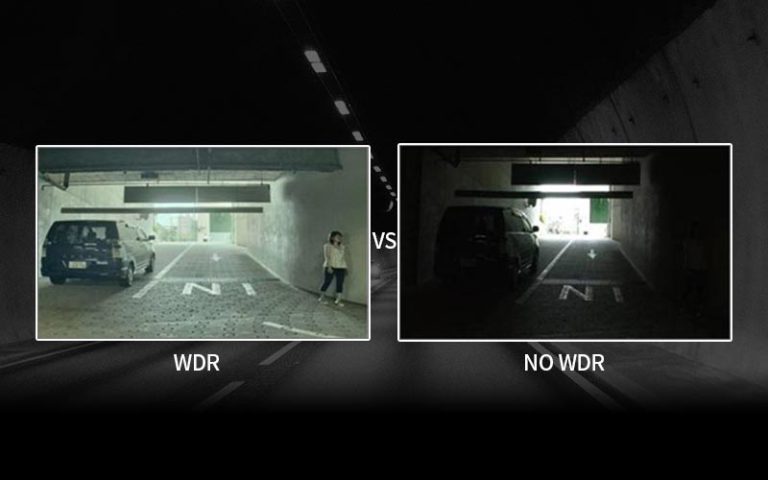Truck rear view monitors (RVMs) are an important vehicle safety technology that provides additional visual assistance to the driver during reversing and driving by installing a camera at the rear of the vehicle and a display in the cab. This paper examines the evolution, working principles, application areas and future trends of truck rear view monitors and their role in improving traffic safety and reducing accident risk.
With increasing traffic congestion and road safety issues, truck rear view monitors have become an important tool for truck drivers. They not only provide additional visual support, but also help to reduce blind spots and improve driver reaction time, thereby reducing the risk of accidents.
Table of Contents
The evolution of truck rear view monitors
The development of truck rear view monitors can be traced back to the 1980s, when the use of rear view cameras and monitors began to be used as an aid. Initial systems typically featured low-resolution black and white cameras and small monitors, but as technology has continued to advance, modern truck rear view monitor systems have evolved to feature high-resolution colour cameras and large LCD displays.
How Truck Rear view Monitors Work?
A truck rear view monitor system usually consists of a camera, a display and associated electronics. The camera is mounted on the back of the truck and captures real-time images of the vehicle’s surroundings. These images are transmitted via cable to the display, which is then viewed by the driver. The display is usually mounted in a visible position inside the cab to ensure that the driver can easily view what is going on behind him.
Application areas for truck rear view monitors
Truck rear view monitors have a wide range of application areas, including but not limited to the following:
Reversing Operations: Truck drivers use rear view monitors to help them safely reverse in confined spaces such as car parks, freight stations and warehouses.
Turning and Lane Changing: Truck drivers can use the Rear View Monitor to better understand the traffic conditions behind their vehicles and thus perform turning and lane changing operations more safely.
Blind Spot Monitoring: Rear view monitors can help reduce the blind spot area and improve the driver’s perception of the surrounding environment.
Cargo Loading: When loading and unloading cargo, the truck’s rear view monitor can help the driver accurately align the loading point.
Technology is still evolving and future trends
High-Definition and Wide-Angle Cameras:
Future systems will use higher-resolution cameras and wider-angle lenses to provide a more comprehensive view.
Intelligent Assistance Features:
More intelligent assistance features such as obstacle detection, lane keeping assistance and traffic sign recognition will be integrated to further enhance driver safety.
Cloud Connectivity and Data Analytics:
The Rear View Monitor system will be connected to the cloud, allowing remote monitoring and data analytics to improve driver behaviour and provide better maintenance support.
Conclusion
Truck car monitors are an important technology that helps to increase traffic safety, reduce the risk of accidents, and improve the productivity of truck drivers. As technology continues to evolve, truck rear view monitors will continue to play an even greater role in the future, providing truckers with a better driving experience and a safer road environment.
